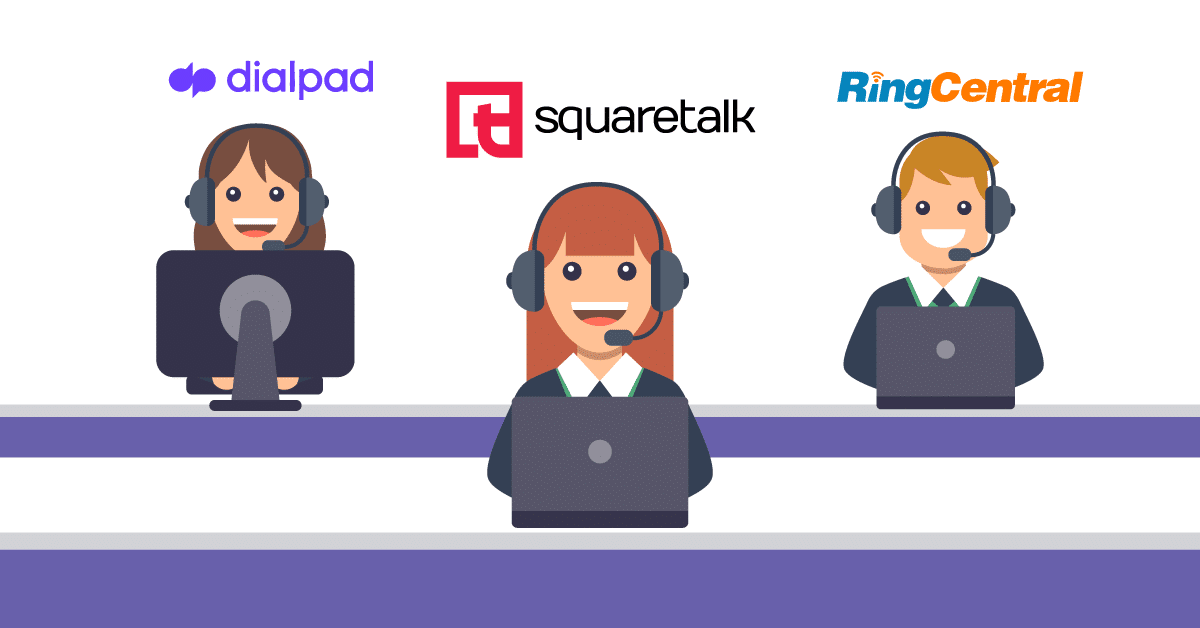Call centers are a crucial component of many companies since they offer customers customer service, sales, and other services. Companies must make an investment in high-quality training materials to guarantee that call center employees are properly taught and capable of offering the greatest customer care. Engaging video content is one of the best ways to achieve this. We will look at some advice for producing interesting video content for call center training in this article. We’ll go over how to make videos that draw viewers in and hold it there long enough for them to take in the information being delivered. Also, we’ll examine some of the best techniques for producing videos that can be an effective teaching tool for call center training.
Why is video training important?
Using video content for call center training has several benefits. First and foremost, video content is an engaging way to deliver training material, making it easier for learners to absorb and retain information. Additionally, video content can be accessed on demand, allowing learners to watch and review content at their own pace. Video content also offers the flexibility to deliver training remotely, which is particularly useful in the current global climate.
To create effective video content for call center training, it is important to keep a few key tips in mind.
Identify Your Audience
When creating video content for call center training, it is important to identify your audience. The audience for call center training can vary widely, from new employees to experienced staff members, and from those with no previous call center experience to those with extensive knowledge of the industry. Identifying your audience is important because it allows you to tailor your content to meet their needs and create a more engaging learning experience. This will assist you in deciding how much complexity and detail to add in your video material.
It is also important to consider the learning styles of your audience. Some learners may prefer visual aids, while others may prefer more interactive elements. By understanding the learning preferences of your audience, you can tailor your video content to better meet their needs and create a more engaging learning experience.

Keep it Short and Simple
One of the most important tips for creating engaging video content for call center training is to keep your content short and simple. Long and complicated videos can be overwhelming for learners and can result in a lack of engagement and retention. Instead, consider breaking your content into smaller, more manageable pieces, or creating short clips that are easy to digest. To create clip, you can focus on one particular aspect of call center training, such as handling difficult customers or responding to common inquiries. By focusing on a specific topic, you can create a video that is easy to follow and understand.
Creating short and simple clips has several benefits. Firstly, it can help to keep learners engaged and motivated. Recent surveys show that short-form videos are considered to be the most engaging. Moreover, up to 66% of customers (2.5 times higher than long-form videos) claim to pay the greatest attention to short-form videos. This may lead to the conclusion that short and simple videos could also aid in enhancing the effectiveness and efficiency of call center training.
In conclusion, it’s crucial to make video content for call center training concise and easy to understand. Creating clips that focus on specific topics and using clear and simple language can help to keep learners engaged and motivated.
Use Real-Life Examples
Incorporating real-life examples in video content for call center training is an effective way to engage learners and help them apply what they learn in their work. Real-life examples make training more relatable and provide context for the information presented. To incorporate real-life examples in your video content, consider using case studies, scenarios, or role-playing exercises. For example, you could use a scenario where a customer is upset and the call center agent must use active listening and problem-solving skills to resolve the issue. You could also use a role-playing exercise where two learners take on the roles of a call center agent and a customer to practice their communication and problem-solving skills.
Using real-life examples in call center training has several benefits. Firstly, it helps learners to understand how the skills and techniques they are learning can be applied in real-world situations. This can increase confidence and competence on the job, leading to better job performance and job satisfaction. Real-life examples can also make training more engaging and interesting for learners. By using examples that are relevant to their work, learners are more likely to be motivated and interested in the content presented.
Incorporate Interactive Elements
Incorporating interactive elements into video content used for call center training can be an effective approach to engaging learners and provide them with opportunities to practice and apply their skills. Interactive elements, such as quizzes, surveys, simulations, and other activities that require learners to actively participate in the learning process, can help improve the effectiveness of the training.
The importance of interactive elements in call center training lies in their ability to enhance information retention and application of acquired skills in real-world scenarios. Through active participation in the learning process, learners are more likely to remember the information presented and effectively apply it to their work.
To incorporate interactive elements into video content for call center training, it is recommended to use quizzes or surveys to test learners’ knowledge or gather feedback on the training. Simulations or role-playing exercises can also be employed to allow learners to practice their skills in a safe and controlled environment. Another useful approach is to use branching scenarios, in which learners make decisions and are presented with different outcomes based on their choices, thereby helping them understand the consequences of their actions and make informed decisions in their work.

Focus on Visuals
Visuals are an essential part of video content for call center training as they help to convey complex information in a clear and concise manner. They help to convey complex information in a concise and clear manner and can be used to capture the attention of viewers. Moreover, visuals are an essential part of any video content as they can provide an effective way to explain ideas, processes, and concepts quickly. More specifically, using visuals can aid in simplifying difficult information into manageable chunks that are easier for students to recall and apply to their work.
When creating engaging visuals for call center training one of the most important things you should keep in mind is to use high-quality images and graphics that are relevant to the content presented. To achieve this, you may want to use a video editor to combine and enhance your visuals seamlessly. Another suggestion is to use charts and diagrams to illustrate complex processes or data. Consider using animated videos to illustrate key concepts or procedures. In this case, a video cutter can be helpful to trim and edit specific portions of a video to fit your needs.
Visual cues are important when highlighting crucial information or key points. For example, you could use arrows, bold text, or color-coding to draw attention to important information.
To ensure your video content is accessible and compatible with various devices, consider using a tool to convert video to any format. This will make it easier for your call center trainees to access and view the training materials, regardless of the device or platform they are using.
Additionally, you might consider using a photo editor to adjust the images or graphics to fit your needs better.
Trainers can also use collages to present information in an engaging way. Collages can combine multiple images, graphics, and texts into a single image, making it easy for learners to grasp complex concepts. There are a lot of versatile tools that can be used to quickly and easily create stunning collages with various templates, design elements, and customization options.
The Bottom Line
It is important to create engaging video content for call center training as it can help learners to understand better the information presented, retain the information, and apply it in their work. Engaging video content can also make training more interesting and motivating for learners, leading to increased job satisfaction and better job performance. By following the previous tips, you can create video content that is effective, engaging, and relevant to your learners.
It is no secret that call center training is a crucial component of every productive call center. Making sure employees are properly taught and have the necessary knowledge and abilities is crucial for delivering outstanding customer service. In addition, it is crucial to develop appealing video content for training to keep staff interested and motivated. They will learn more efficiently and remain focused as a result.






